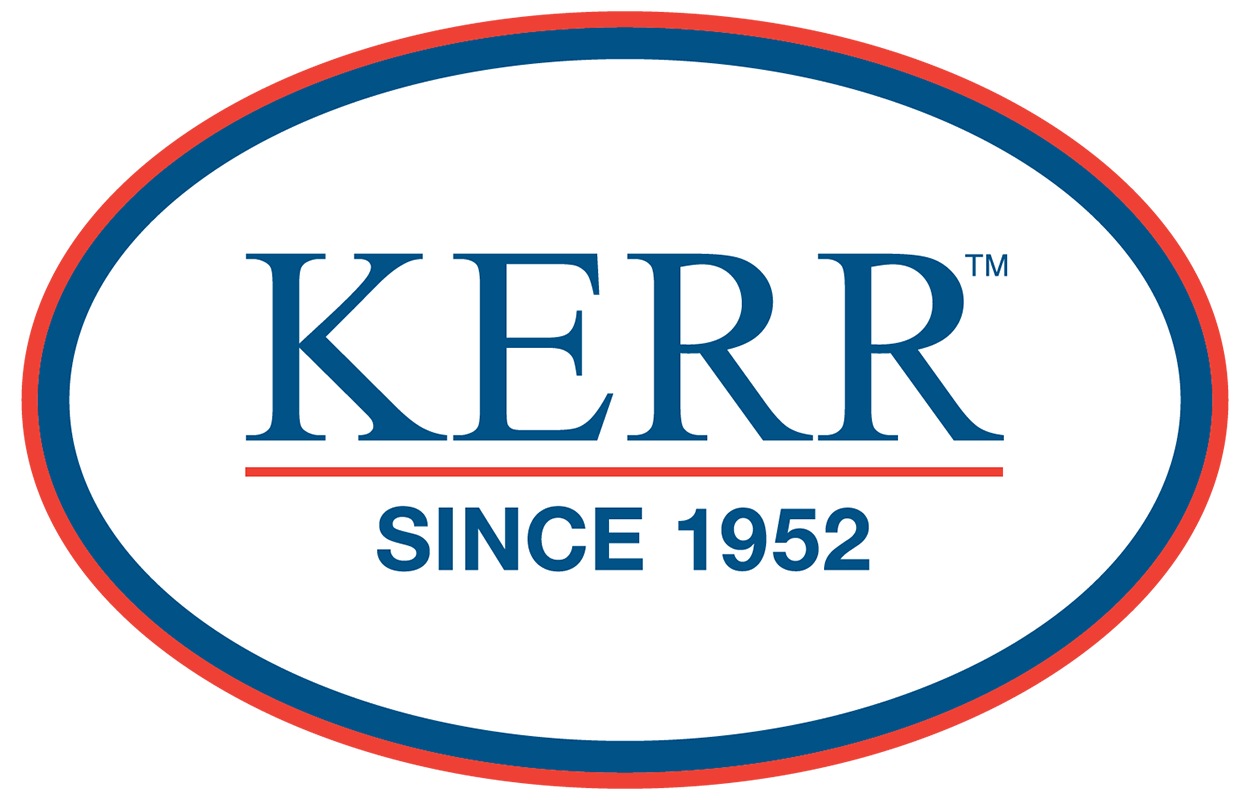The PHMSA PIPES ACT 2020 mandates pipeline owners and operators to update their inspection and maintenance plans in order to address eliminating hazardous leaks and minimizing the release of natural gas (including intentional venting during normal operations) from their pipeline facilities. The statute requires pipeline operators to complete updates and have plans in place.
Have you implemented the PIPES ACT 2020 into your operational procedures?
Are you implementing set plans to reduce emissions when carrying out pipeline maintenance and repair projects?
Kerr Engineered Sales Company represents manufactures with multiple proven solutions to reduce emissions and assist in leak detection and repair.
Reducing Emissions With GPT
With gaskets and joints, seal ability is key. The VCS-ID gasket constructed of Glass Reinforced Epoxy (GRE) and a 316SS, has a PTFE (polytetrefluoroethylene) inside diameter (ID) immediately seals the pipe bore preventing media from getting to the GRE. The GPT Monolithic Isolation Joints for below ground pipe applications gives a positive, leak proof block against the flow of electrical current in the piping system.
The EVOLUTION gasket eliminates GRE completely. It benefits from the addition of the PTFE ID giving unparalleled sealing tightness performance, ideal for emission reduction in pipeline connections.
BRUEST CATALYTIC HEATERS
Bruest offers catalytic converters that convert hydrocarbon such as Methane, Propane, and Butane to carbon dioxide and water vapor. The Bruest technology leverages the conversion process and generates infrared heat to safely heat up natural gas instruments such as valves, regulators, instrument gas and cold temperature sensitive devices.
ZEVAC = Zero emission vacuum & compression
ZEVAC is an industry pioneer in gas and liquid recovery technology and the recognized leader in methane mitigation applications. ZEVAC is ideal for reducing emissions on planned repairs or maintenance. The technology uses compressed air to draw the pressure down on a section of the pipe and capture natural gas to be re-compressed into an adjacent pipeline.
Each unit has a pneumatic powered vacuum that suctions methane from any pipe/vessel that needs to be de-pressurized.The other side of the ZEVAC unit compresses the gas back up to pipeline pressure so it can be discharged to a nearby transmission or distribution pipe.
GAZOMAT GAZOSCAN METHANE LEAK DETECTION
GAZOMAT Gazoscan methane leak detection
Using optical technologies, GAZOMAT detection equipment covers the entire field detection process, including high-speed inspection by car, leak detection on-foot, leak location and quantification, coupled with the newest data processing and GPS mapping tools.
TDW Pipeline maintenance
T.D. Williamson hot tapping and plugging teams use world class technology to create safe work zones for pressurized pipeline maintenance, modification and repair. TDW in-line inspection (ILI) technologies are fully engineered to provide comprehensive threat assessment and to detect cracks and crack-like anomalies, corrosion and metal loss, dents and interacting threats.
To learn more, download the PHMSA Pipes Act guidelines below.
To discuss how Kerr can support your organization with PIPES ACT plans and implementation, contact us by email or phone at 1-800-245-3198.
Kerr Engineered Sales Company has been representing leading pipeline repair and performance companies in Eastern US since the company was founded in 1952. Seventy years later, the company is a third generation family run business serving customers with the highest quality service and support.







